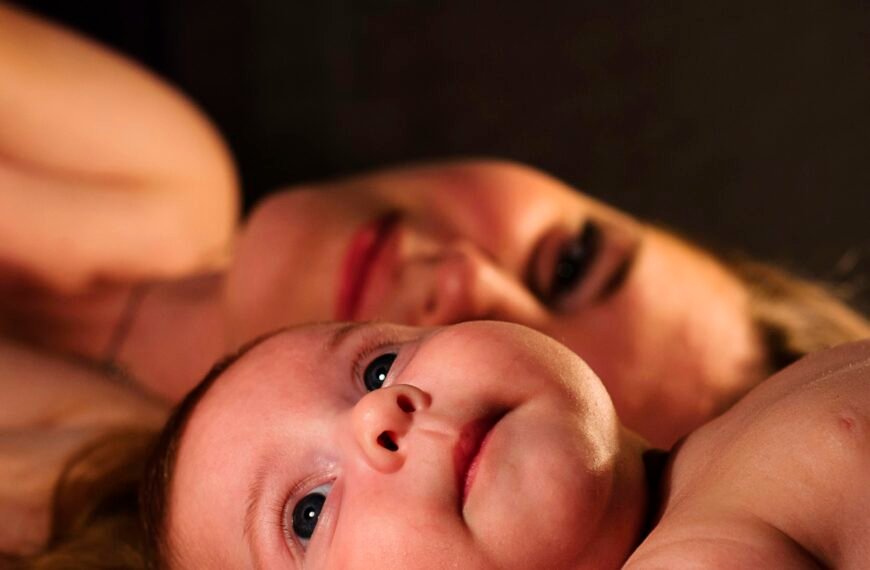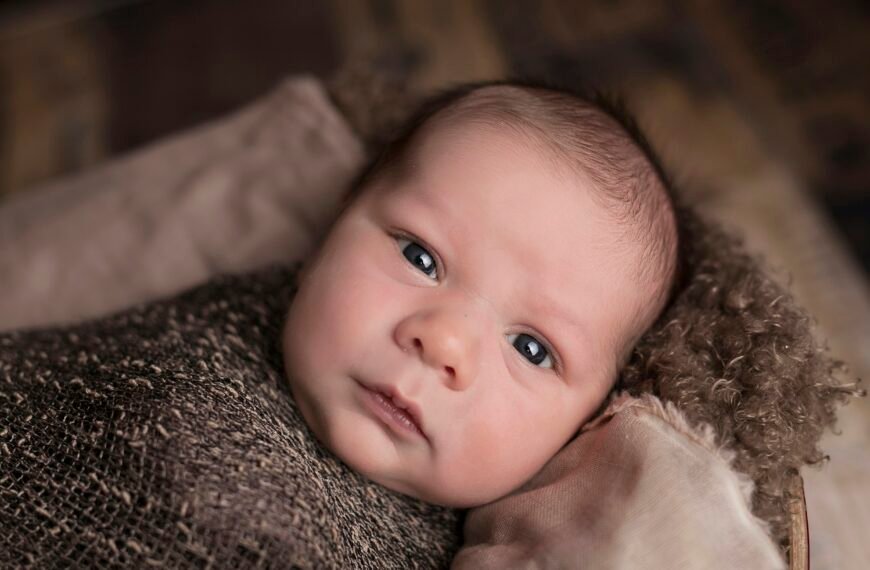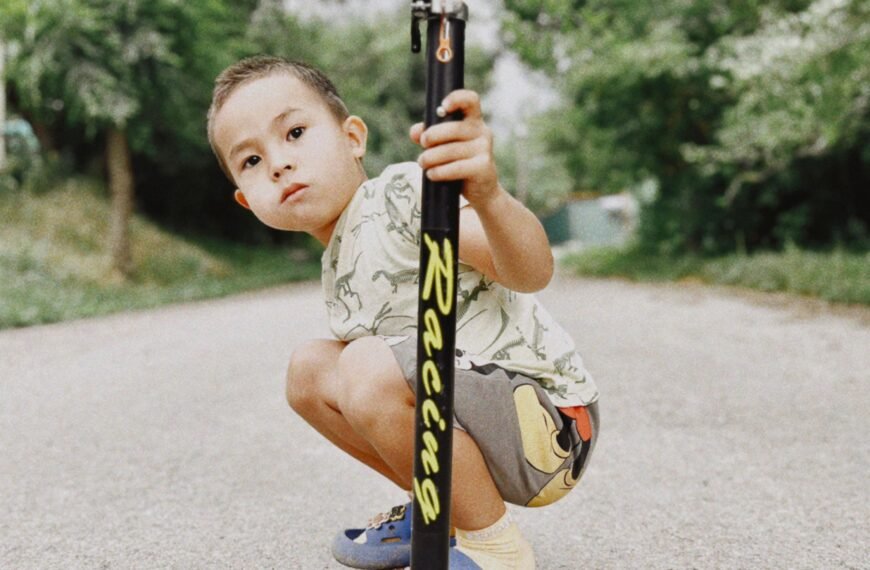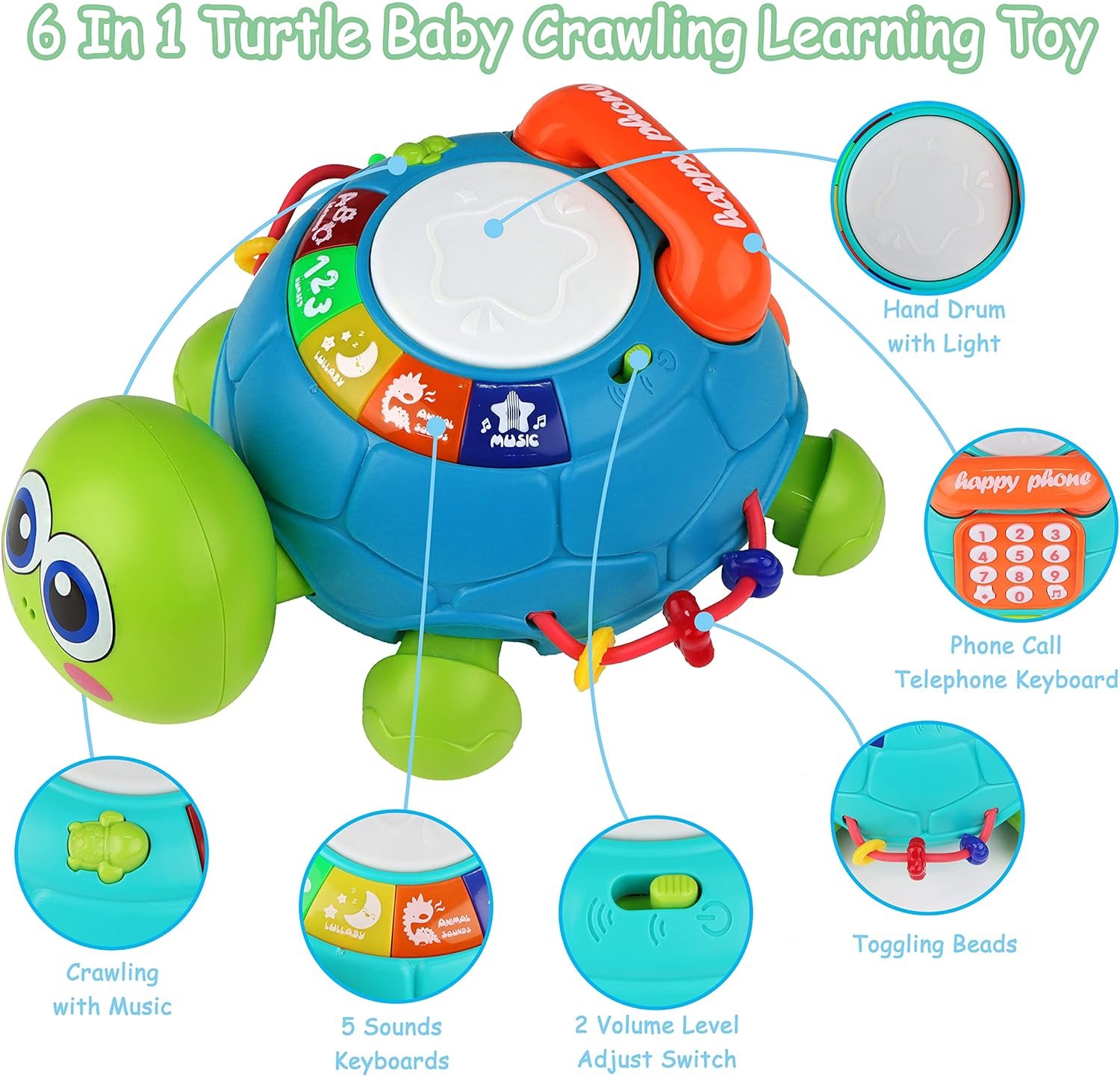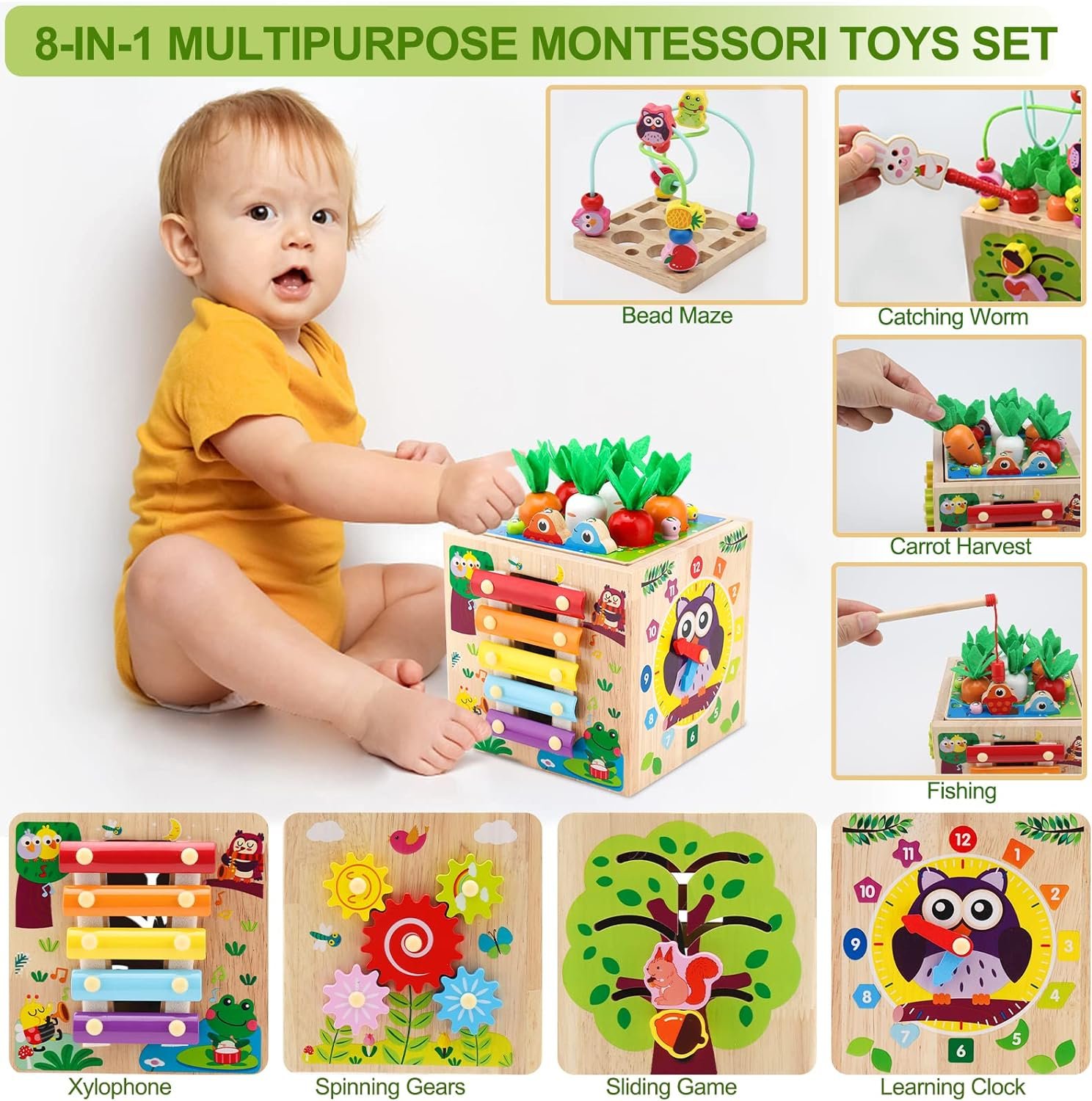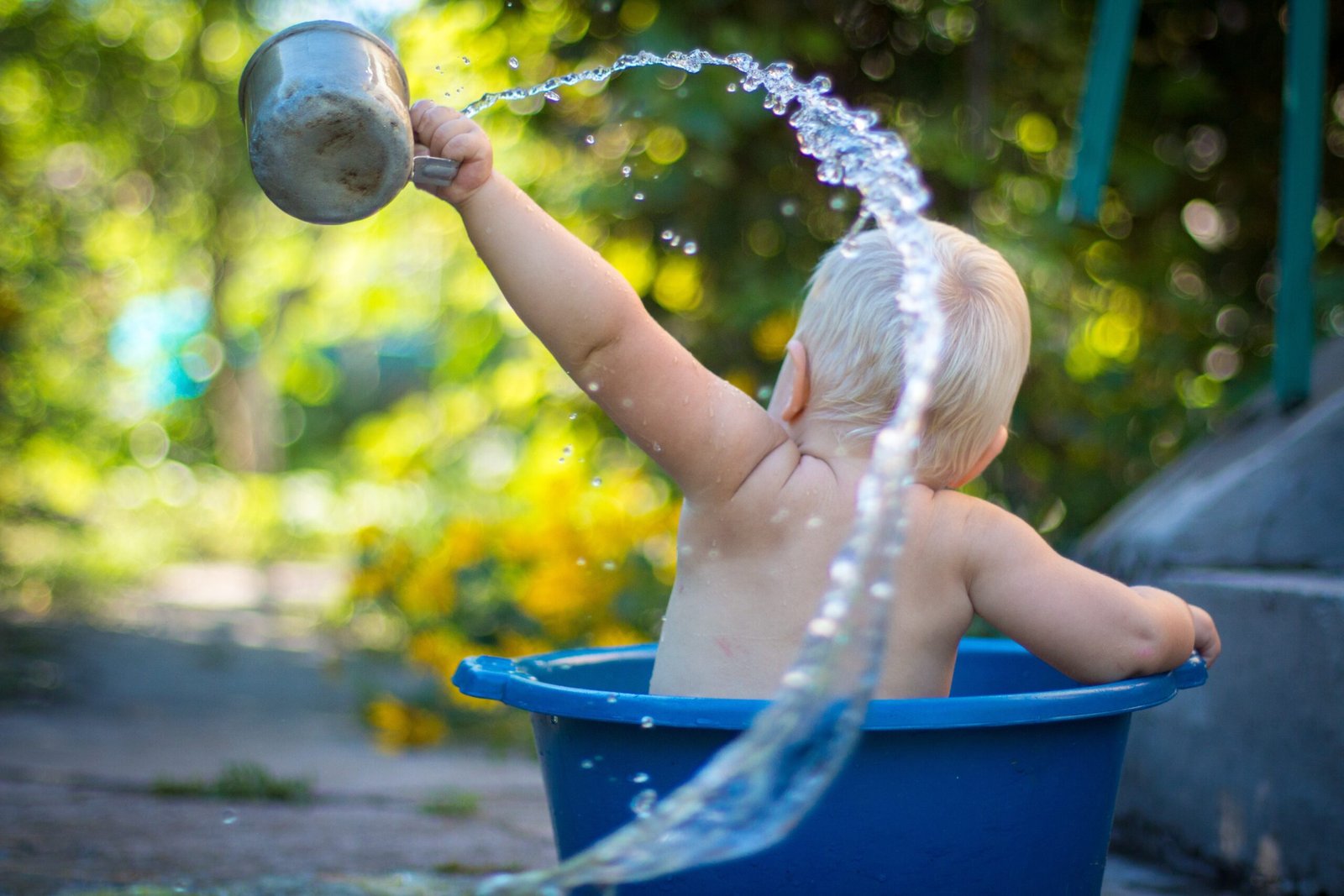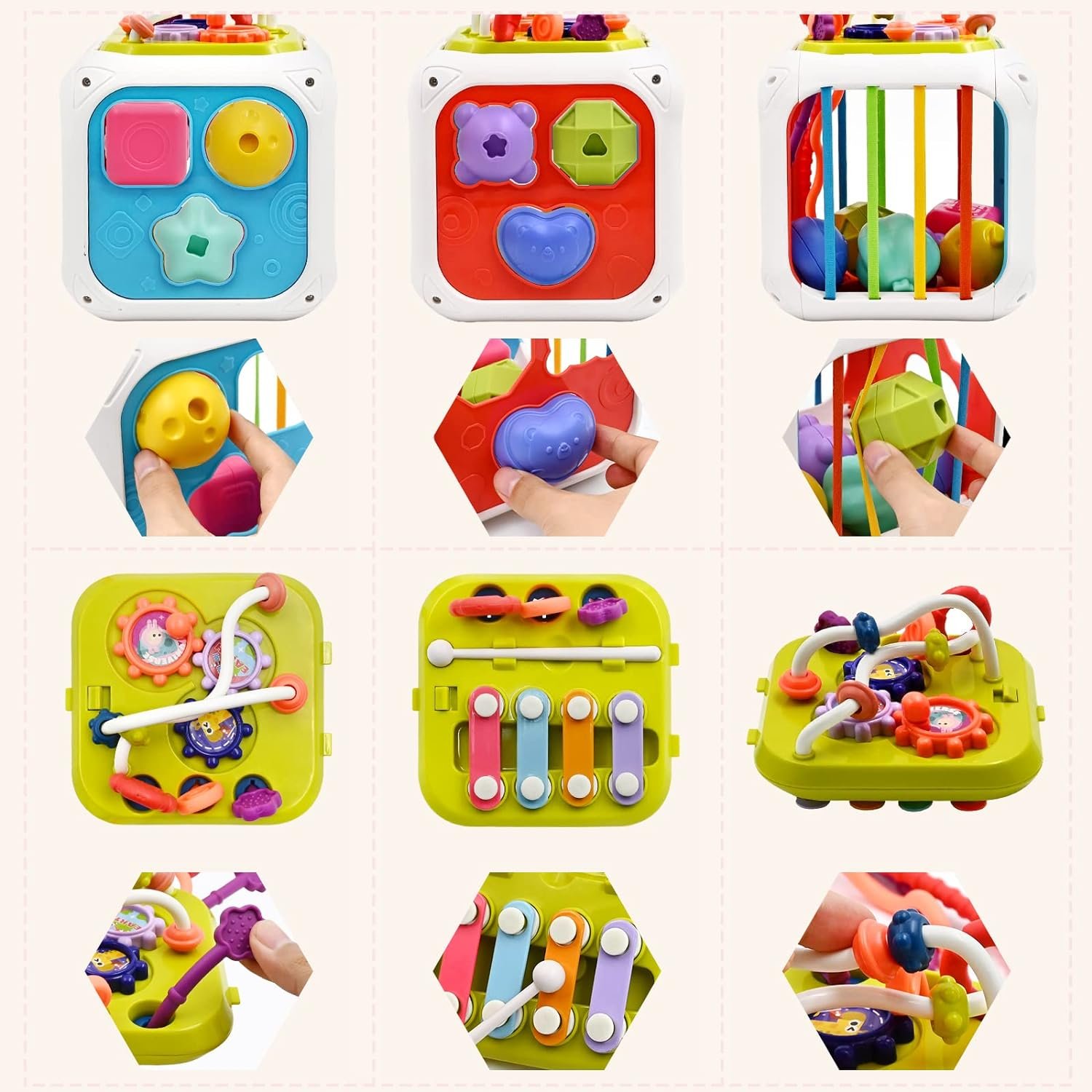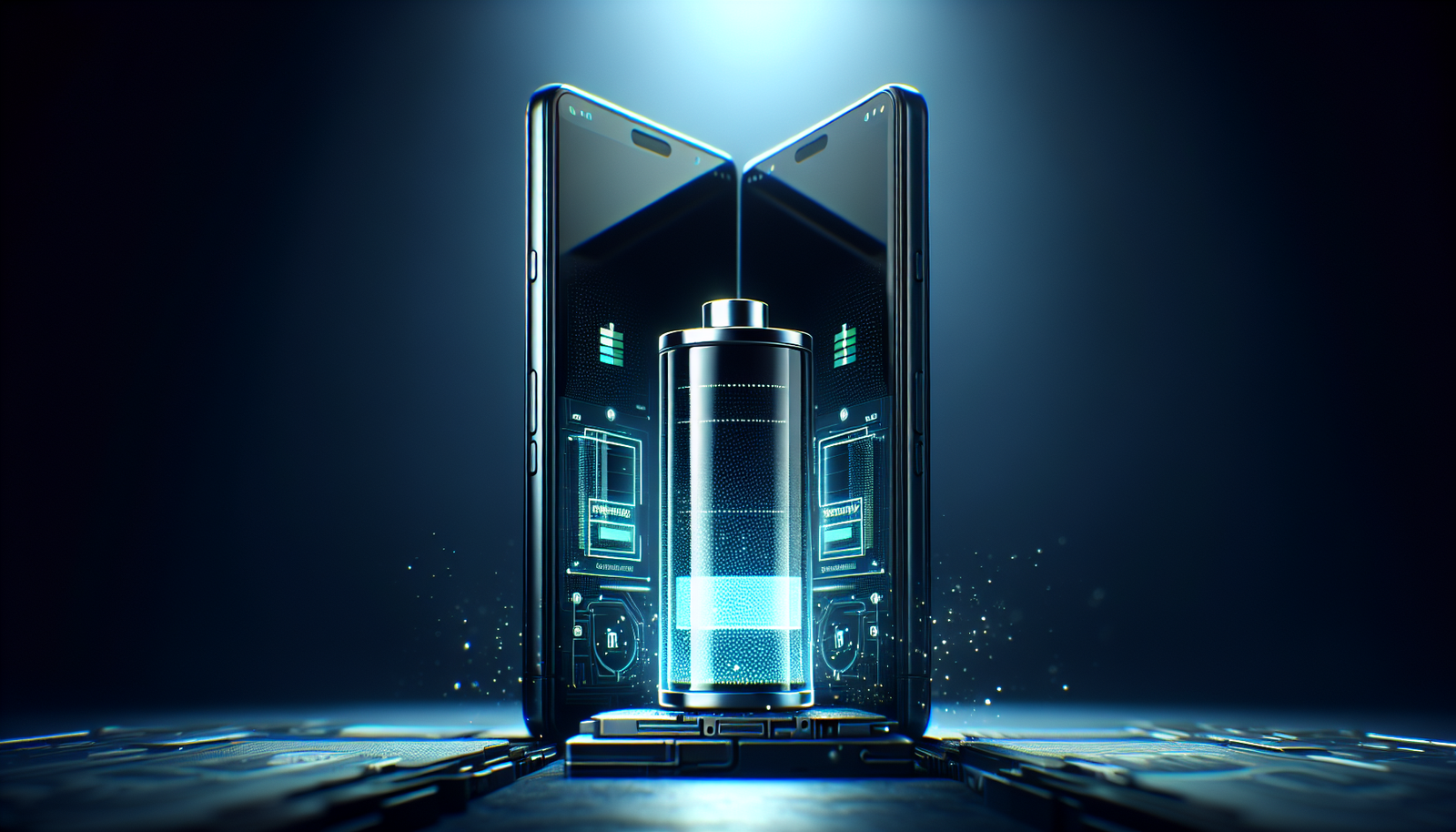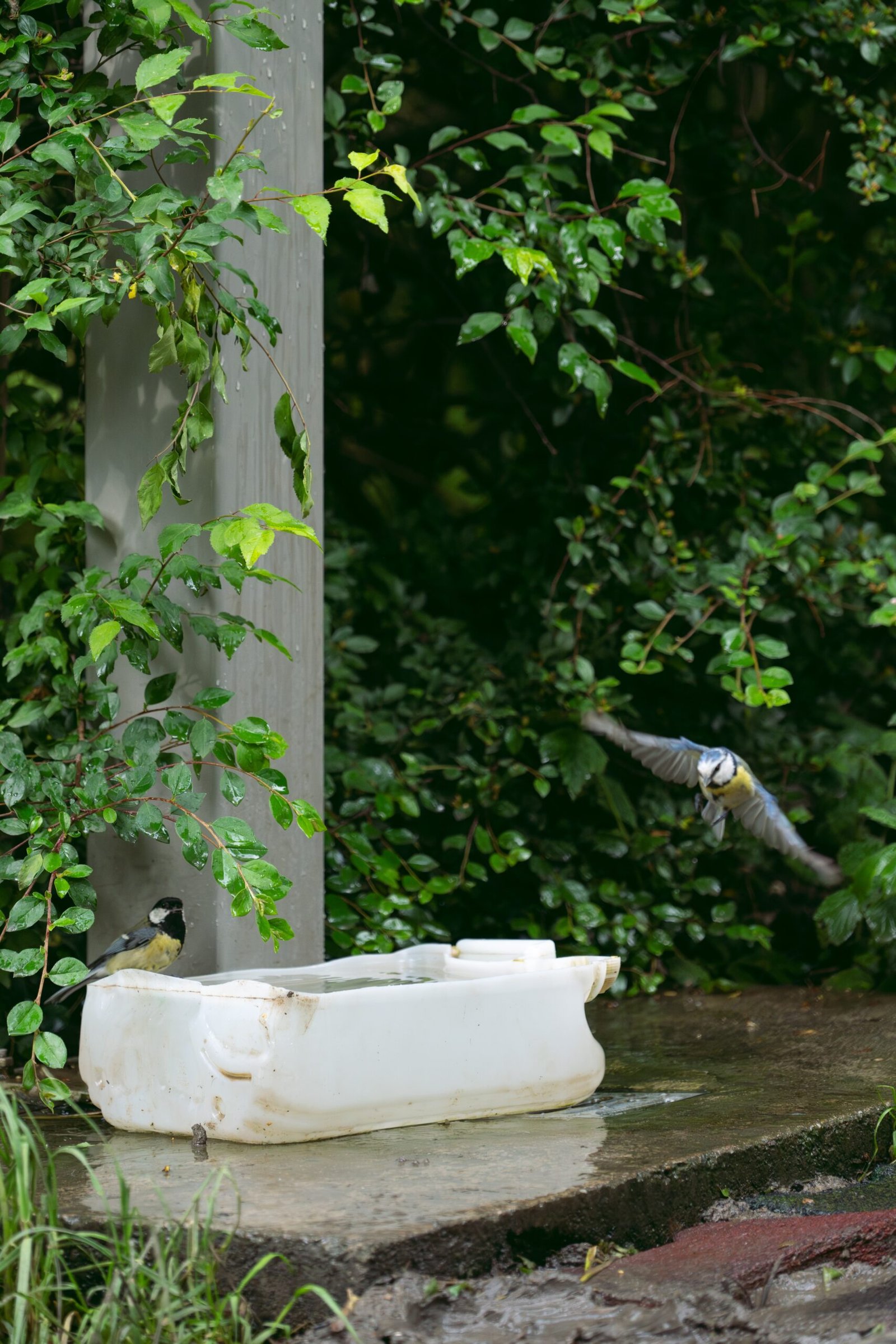Hey mom and dad! We all know how much your little one loves their favorite stuffed toys, but have you ever wondered how to keep them clean and germ-free? Well, worry no more! In this article, we’ll show you some simple and effective tips on how to clean baby stuffed toys, ensuring that your child’s best friends stay fresh, soft, and cuddly for years to come. From machine-washable options to hand-cleaning techniques, we’ve got you covered. So, let’s get started and make the magic happen in just a few easy steps!
Check Baby Toys Guide & Review
How To Clean Baby Stuffed Toys
Cleaning baby stuffed toys is essential to maintain their hygiene and keep them safe for your little one to play with. Over time, these toys can accumulate dirt, dust, and even stains. Fortunately, there are several methods you can use to clean baby stuffed toys effectively. In this article, we will walk you through different cleaning methods and provide step-by-step instructions for each one. Whether you prefer handwashing, machine washing, spot cleaning, vacuuming, freezing, sanitizing with vinegar, steam cleaning, disinfecting with bleach, or even dry cleaning, we have got you covered!
Preparation
Before you begin cleaning your baby’s stuffed toys, it’s important to prepare by gathering the necessary supplies. You will need a few basic items to ensure a thorough and effective cleaning process. Here are the supplies you should have on hand:
Gather the necessary supplies
- Mild detergent: Choose a mild detergent that is gentle on fabrics and safe for baby items.
- Soft brush or cloth: Use a soft brush or cloth to scrub and clean the toys.
- Sink or basin: You will need a sink or basin to fill with warm water for handwashing.
- Laundry bag or pillowcase: If you plan to machine wash the toys, a laundry bag or pillowcase will prevent them from getting tangled or damaged.
- Vacuum cleaner with a soft brush attachment: A vacuum cleaner with a soft brush attachment is perfect for removing loose dirt and debris from the toys.
- Sealable plastic bag: This will be used for the freezing method to prevent any contamination.
- White vinegar: Vinegar is an excellent natural sanitizer that can be used to clean and disinfect the toys.
- Handheld steamer: If you prefer steam cleaning, a handheld steamer will come in handy.
- Bleach: Only use bleach if the toy is bleach-safe and requires disinfection.
Once you have gathered all the necessary supplies, it’s time to move on to the next step.
Check the manufacturer’s instructions
Before cleaning any baby stuffed toy, it’s important to read and follow the manufacturer’s instructions. The care label attached to the toy will provide specific guidelines on how to clean and care for it. Make sure to check for any specific cleaning instructions, such as water temperature limitations, bleach or detergent restrictions, or dry cleaning recommendations. Following the manufacturer’s instructions will help maintain the toy’s quality and ensure it lasts longer.
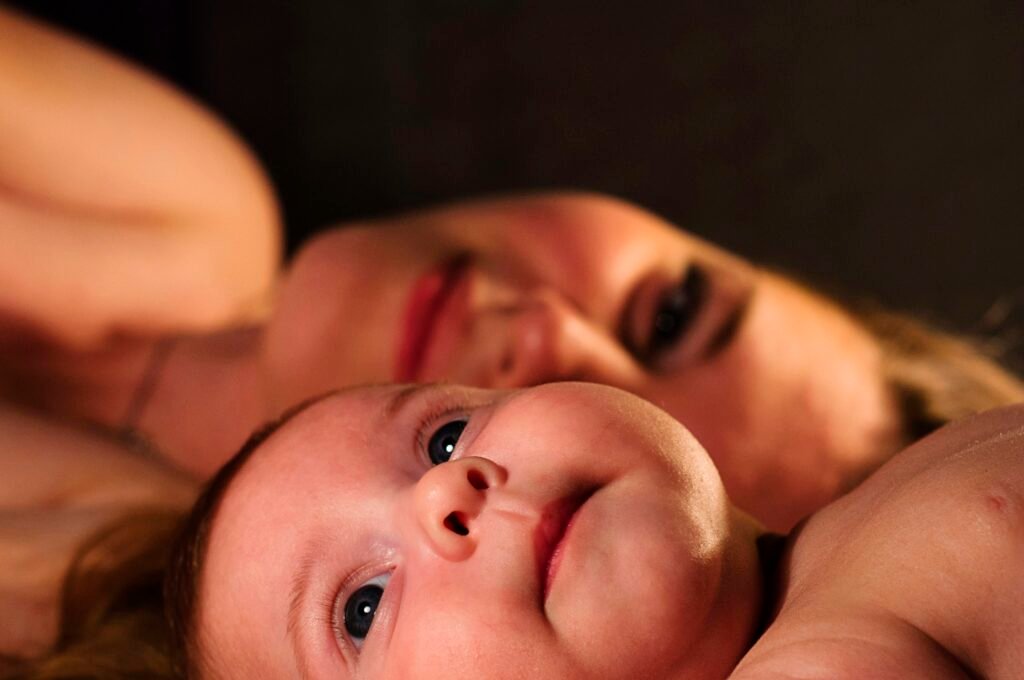
Handwashing Method
The handwashing method is a gentle and effective way to clean baby stuffed toys. Here’s how you can do it:
Remove any loose dirt or debris
Start by removing any loose dirt or debris from the toy. Gently shake or brush off any visible dirt or dust. This step will make the cleaning process more effective.
Fill a sink or basin with warm water
Fill a sink or basin with warm water. The water should be warm, but not hot, to avoid damaging the toy’s fabric or colors. Make sure there is enough water to fully submerge the toy.
Add a mild detergent to the water
Add a small amount of mild detergent to the water. Use a detergent that is specifically designed for delicate fabrics and is safe to use on baby items. Follow the detergent’s instructions for the appropriate amount to use based on the water volume.
Submerge the stuffed toy in the soapy water
Gently submerge the stuffed toy in the soapy water. Ensure that the entire toy is fully immersed in the water. Allow it to soak for a few minutes to loosen any dirt or stains.
Gently scrub the toy with a soft brush or cloth
Using a soft brush or cloth, gently scrub the toy to remove any dirt or stains. Pay extra attention to any heavily soiled areas. Be careful not to scrub too vigorously, as this may damage the toy’s fabric or cause any delicate stitching to come undone.
Rinse the toy thoroughly with clean water
Once you have finished scrubbing the toy, rinse it thoroughly with clean water. Make sure to remove all traces of detergent to avoid any potential skin irritation for your baby.
Remove excess water by gently squeezing or patting
After rinsing, gently squeeze or pat the toy to remove excess water. Avoid twisting or wringing the toy, as this can distort its shape. Be gentle to prevent any damage to the stuffing or seams.
Let the toy air dry completely
Finally, place the toy in a well-ventilated area and allow it to air dry completely. Avoid exposing it to direct sunlight, as this can cause fading or discoloration. Depending on the toy’s size and fabric, drying may take several hours or even overnight. Make sure the toy is completely dry before returning it to your baby.
The handwashing method is a great option for delicate or vintage stuffed toys that may be sensitive to machine washing. It allows for careful cleaning without risking any damage to the toy’s materials.
Machine Washing Method
If the care label on the baby stuffed toy indicates that it is machine washable, you can choose to clean it using a washing machine. Here’s how to do it properly:
Check the care label on the toy
Before proceeding with machine washing, double-check the care label on the toy to ensure it is safe for machine cleaning. If the label instructs against machine washing, it’s best to opt for a different cleaning method to avoid any potential damage.
Place the toy in a laundry bag or pillowcase
To protect the toy’s fabric and prevent it from getting tangled during the wash cycle, place it inside a laundry bag or pillowcase. This will act as a barrier and provide added protection for the toy.
Choose a gentle cycle and cold water temperature
Set your washing machine to a gentle cycle and select a cold water temperature. This will help prevent any shrinkage or damage to the toy’s fabric. Avoid using hot water, as it can cause colors to bleed or fade.
Add a small amount of mild detergent to the machine
Add a small amount of mild detergent specifically designed for delicate fabrics to the washing machine. Follow the detergent’s instructions for the appropriate amount to use based on the load size.
Start the washing machine
Start the washing machine and allow it to complete the chosen wash cycle. Once the cycle ends, remove the toy immediately to reduce the risk of wrinkles or creases forming.
Inspect the toy for any remaining stains or spots
After removing the toy from the washing machine, inspect it for any remaining stains or spots. If there are still noticeable stains, you may need to consider spot cleaning or repeating the machine washing process.
Air dry the toy if it is machine washable
If the care label states that the toy is safe for machine drying, you can place it in a dryer on a low heat setting. Alternatively, it is usually safer to air dry the toy to prevent any potential damage. Place the toy in a well-ventilated area and allow it to dry completely before returning it to your baby.
Using the machine washing method is convenient and efficient, especially for toys that are designed for machine cleaning. Just make sure to check the care label and follow the recommended instructions for the best results.
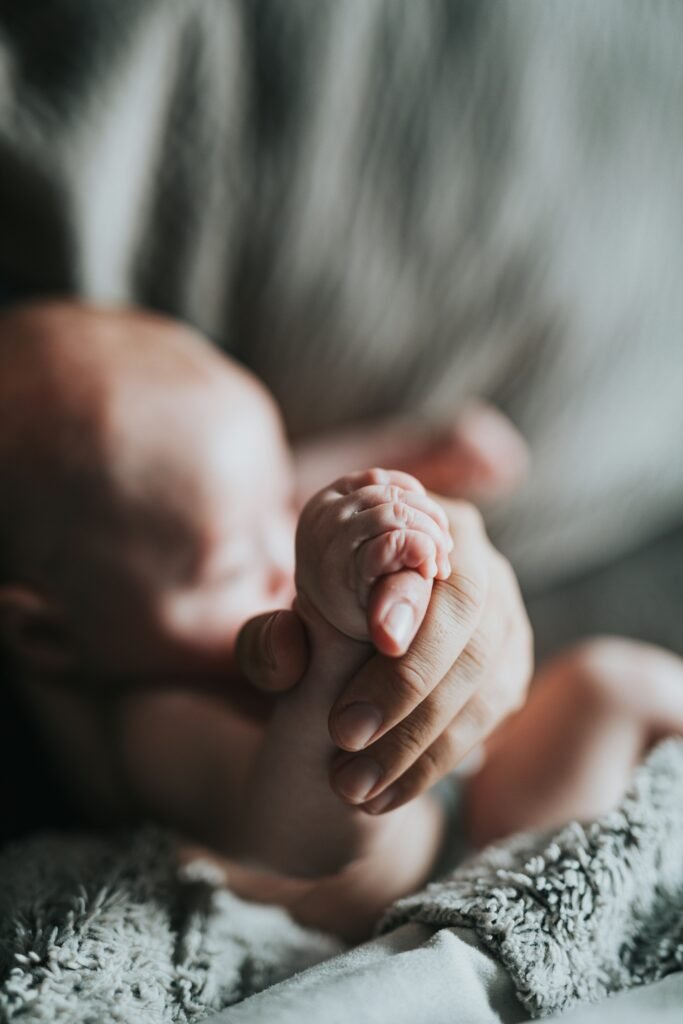
Spot Cleaning Method
For small stains or specific areas that require cleaning, spot cleaning is a quick and effective method. Here’s how to spot clean your baby stuffed toys:
Identify the stained area on the toy
Locate the specific area that requires spot cleaning. This could be a stain, spill, or any other noticeable mark on the toy.
Mix a small amount of mild detergent with water
In a small container or bowl, mix a small amount of mild detergent with water. The mixture should be gentle enough to avoid damaging the toy’s fabric.
Dip a clean cloth or sponge into the soapy mixture
Dampen a clean cloth or sponge in the soapy mixture. Make sure the cloth or sponge is not soaked or dripping, as excessive moisture can damage the toy.
Gently dab the stained area with the cloth or sponge
Using the damp cloth or sponge, gently dab the stained area on the toy. Avoid rubbing vigorously, as this can spread the stain or damage the fabric. Continue dabbing until the stain starts to lift.
Rinse the cloth or sponge with clean water
Once you have treated the stained area, rinse the cloth or sponge with clean water to remove any soapy residue. This will prevent any residue from attracting more dirt or leaving behind a soapy film.
Gently blot the area to remove any soap residue
Using a dry cloth or sponge, gently blot the area you just cleaned to remove any soap residue or excess moisture. This will help the toy dry faster and prevent any water stains from forming.
Allow the toy to air dry
Finally, let the toy air dry completely in a well-ventilated area. Depending on the toy’s size and fabric, this may take a few hours. Once it is dry, check the spot again to ensure the stain has been effectively removed. If necessary, repeat the spot cleaning process.
Spot cleaning is an excellent method for dealing with small stains or localized dirt on baby stuffed toys. It allows you to target specific areas without having to fully immerse or wash the entire toy.
Using a Vacuum Cleaner
Another efficient way to clean baby stuffed toys is by using a vacuum cleaner. This method is great for removing loose dirt, dust, and pet hair. Follow these steps to effectively vacuum your baby’s toys:
Attach a soft brush attachment to the vacuum cleaner
Begin by attaching a soft brush attachment to your vacuum cleaner. This attachment is specifically designed for delicate surfaces and helps prevent any damage to the toy’s fabric.
Turn on the vacuum cleaner
Turn on the vacuum cleaner and adjust the suction power to a low or moderate setting. High suction power may damage the toy or even pull out loose threads.
Gently run the brush over the surface of the toy
Starting from the top, gently run the brush attachment over the surface of the toy. Move in a slow and steady motion to allow the vacuum cleaner to effectively pick up any loose dirt or debris.
Pay attention to crevices and hard-to-reach areas
Don’t forget to pay attention to crevices, seams, and any hard-to-reach areas where dirt or dust may accumulate. Use the brush attachment to carefully clean these areas.
Empty the vacuum cleaner’s dust compartment
Regularly check and empty the dust compartment of your vacuum cleaner. This will prevent any dirt and dust from being redistributed onto the toy or causing clogs in the vacuum cleaner.
Wipe down the toy with a damp cloth if necessary
If you notice any stubborn stains or spots during the vacuuming process, you can lightly dampen a cloth with water and gently wipe down the affected area. Make sure not to overly wet the toy, as excessive moisture can cause damage.
Using a vacuum cleaner is a quick and efficient method to remove loose dirt and debris from baby stuffed toys. It is particularly useful for maintenance cleaning to keep the toys fresh and free from exterior contaminants.
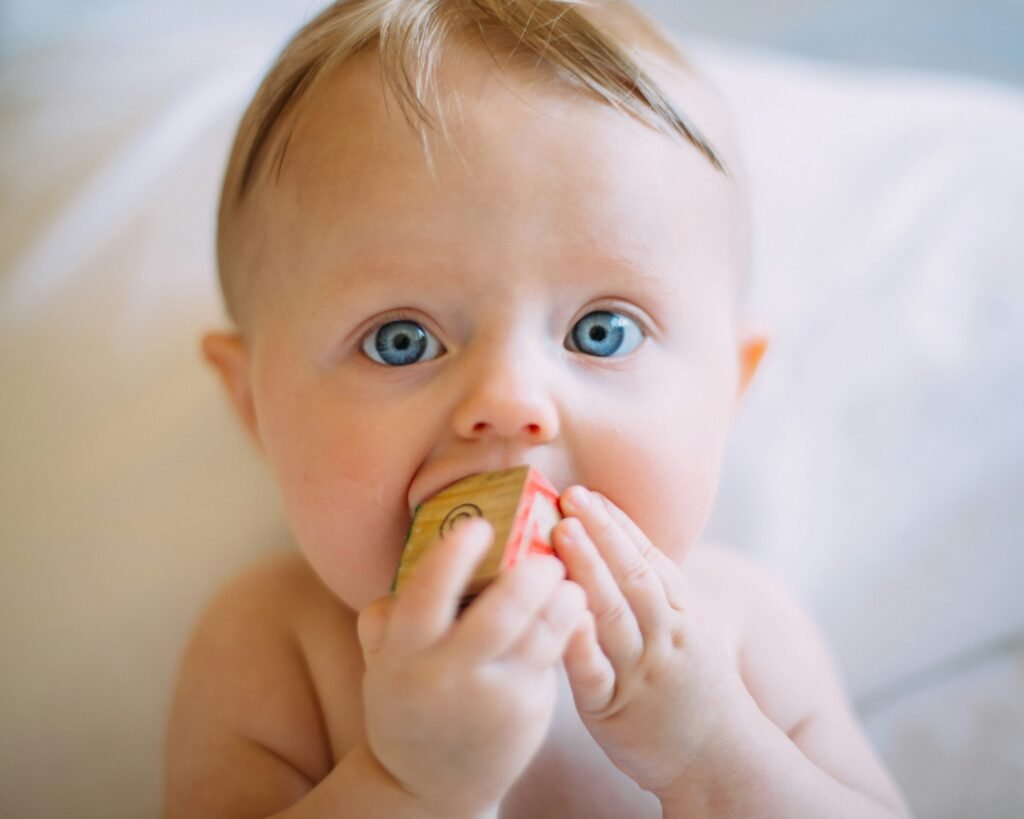
Freezing Method
The freezing method is an interesting approach to clean baby stuffed toys without the use of water or cleaning solutions. It is especially useful for odors or when dealing with delicate toys that cannot be fully immersed in water. Follow these steps for the freezing method:
Place the toy in a sealable plastic bag
Start by placing the baby stuffed toy inside a sealable plastic bag. Ensure that the bag is tightly sealed to prevent any air or moisture from entering.
Ensure the bag is securely closed
Make sure the bag is securely closed to maintain airtight conditions. This step is crucial to eliminate any potential odor-causing bacteria.
Place the bag in the freezer for several hours
Put the sealed plastic bag containing the toy in the freezer. Allow it to remain in the freezer for several hours, preferably overnight, to freeze any bacteria or odors.
Remove the toy from the freezer
Once the designated freezing time has elapsed, remove the plastic bag from the freezer. Be careful not to open the bag immediately, as condensation may have formed on the surface of the toy.
Allow the toy to come to room temperature
Allow the toy to come to room temperature by leaving it outside the plastic bag in a dry area. This will help prevent any potential moisture-related issues.
Brush off any loosened dirt or debris
After the toy has returned to room temperature, gently brush off any loosened dirt or debris that may have accumulated during the freezing process. Use a soft brush or cloth to remove any residue.
Spot clean if necessary
If there are any remaining stains or spots on the toy, consider spot cleaning the affected areas using mild detergent and water. Follow the spot cleaning instructions mentioned earlier for best results.
The freezing method is a unique and effective way to eliminate odors or refresh baby stuffed toys. It is particularly useful for toys that cannot be submerged in water or are sensitive to moisture.
Sanitizing with Vinegar
Vinegar is a natural and eco-friendly option for sanitizing baby stuffed toys. Here’s how you can use vinegar to clean and disinfect the toys:
Mix equal parts of white vinegar and water
In a container or bowl, mix equal parts of white vinegar and water. The vinegar’s acidic nature helps kill bacteria and eliminate odors naturally.
Dampen a clean cloth or sponge with the vinegar solution
Dip a clean cloth or sponge into the vinegar solution. Make sure the cloth is damp but not soaking wet. Excessive moisture can potentially damage the toy’s fabric.
Wipe down the surface of the toy
Starting from the top, gently wipe down the surface of the toy with the vinegar-dampened cloth or sponge. Pay extra attention to heavily soiled or stained areas. The vinegar will help disinfect and remove any bacteria or germs.
Pay attention to heavily soiled areas
For particularly soiled or stained areas, you can scrub gently using the vinegar solution and a soft brush. This will help break down stains and assist in the disinfection process.
Rinse the cloth or sponge with clean water
After wiping down the toy, rinse the cloth or sponge with clean water to remove any vinegar residue. This step is crucial to prevent any potential skin irritation for your baby.
Wipe the toy again with the damp cloth or sponge
Once the cloth or sponge is rinsed, go over the toy once more with the damp cloth or sponge. This will ensure any remaining vinegar or residue is removed.
Air dry the toy
Place the toy in a well-ventilated area and allow it to air dry completely. Vinegar naturally evaporates and does not leave behind any lingering smells. Once the toy is dry, it will be ready for your baby to play with again.
Sanitizing with vinegar is a safe and effective method, especially for toys that are frequently handled by your baby. It eliminates germs, bacteria, and odors without the use of harsh chemicals.
Steam Cleaning Method
If you prefer a chemical-free and effective way to sanitize baby stuffed toys, steam cleaning is an excellent option. Follow these steps to steam clean your baby’s toys:
Fill a handheld steamer with water
Fill a handheld steamer with water according to the manufacturer’s instructions. Ensure that the steamer is filled with clean and distilled water.
Allow the steamer to heat up
Allow the steamer to heat up and produce steam. This may take a few minutes, depending on the steamer model. Refer to the manufacturer’s guidelines for the appropriate waiting time.
Hold the steamer a few inches away from the toy
Once the steamer is ready, hold it a few inches away from the toy. The steam’s high temperature will help kill bacteria and disinfect the toy’s surface.
Move the steamer slowly across the surface of the toy
Slowly move the steamer across the surface of the toy, paying close attention to crevices, seams, and hard-to-reach areas. The steam will penetrate the fabric and effectively sanitize the entire toy.
Pay attention to crevices and hard-to-reach areas
Ensure that you direct the steam to crevices and hard-to-reach areas where dirt or bacteria might hide. Take your time to thoroughly clean the toy, but be cautious not to overly saturate or drench it.
Wipe away any excess moisture with a clean cloth
After steam cleaning, gently wipe away any excess moisture with a clean and dry cloth. This step prevents the toy from remaining damp and minimizes any potential moisture-related issues.
Let the toy air dry completely
Finally, place the toy in a well-ventilated area and let it air dry completely. Ensure that it is completely dry before returning it to your baby. Steam cleaning is an effective method for deep cleaning and sanitizing baby stuffed toys. It efficiently kills germs and eliminates any potential bacteria, making the toys safe for your baby to play with.
Disinfecting with Bleach
Bleach can be used for disinfecting baby stuffed toys, but it must be used carefully and only on toys that are bleach-safe. Follow these steps to properly disinfect your baby’s toys using bleach:
Check if the toy is bleach-safe
Before proceeding with bleach, double-check the toy’s care label to confirm that it is bleach-safe. If the label advises against using bleach or you’re unsure, it’s best to avoid this method to prevent any potential damage.
Prepare a solution by mixing 1 tablespoon of bleach with 1 gallon of water
In a container or bowl, prepare a solution by mixing 1 tablespoon of bleach with 1 gallon of water. Make sure to use chlorine bleach and not a color-safe or scented variety.
Dampen a cloth or sponge with the bleach solution
Dip a cloth or sponge into the bleach solution, making sure it is damp but not dripping excessively. The bleach solution will help disinfect the toy and kill any potential bacteria or germs.
Wipe down the toy with the damp cloth or sponge
Starting from the top, gently wipe down the entire surface of the toy using the damp cloth or sponge. Ensure complete coverage, paying extra attention to heavily soiled areas.
Ensure complete coverage of the toy
Make sure the entire toy is wiped down with the bleach solution. This step is crucial for effective disinfection and eliminating any potential bacteria or germs that may be present.
Allow the toy to sit for 5 minutes
After wiping down the toy with the bleach solution, allow it to sit for approximately 5 minutes. This contact time is necessary for the bleach to effectively disinfect the toy.
Rinse the toy thoroughly with clean water
Once the 5 minutes have passed, thoroughly rinse the toy with clean water to remove any remaining bleach residue. This step is crucial to prevent any potential skin irritation for your baby.
Air dry the toy
Place the toy in a well-ventilated area and allow it to air dry completely. Ensure that it is fully dry before returning it to your baby. Bleach disinfection should only be used when necessary and with extreme caution, as it can potentially damage certain types of fabrics or colors.
Dry Cleaning Method
For baby stuffed toys that require professional cleaning, dry cleaning is the ideal option. Follow these steps to ensure your baby’s toys are safely and effectively dry cleaned:
Check the care label for dry cleaning instructions
Before attempting dry cleaning, carefully read the toy’s care label for any specified dry cleaning instructions. If the label indicates that professional dry cleaning is required, it’s best to take the toy to a reputable dry cleaner.
Take the toy to a professional dry cleaner if necessary
If the care label advises professional dry cleaning or if you prefer to have the toy professionally cleaned, locate a trusted dry cleaner that specializes in handling delicate items, including baby toys. Inform the dry cleaner about any stains or spots that require attention.
Allow the toy to air out before returning it to your baby
After the dry cleaning process is complete, let the toy air out for a few hours in a well-ventilated area. This will ensure that any residual chemicals or odors from the dry cleaning process have dissipated, making the toy safe for your baby.
Dry cleaning is a reliable method for toys that require special care or delicate fabrics. It ensures thorough cleaning and proper maintenance while taking into account the toy’s specific cleaning requirements.
By following these various methods for cleaning baby stuffed toys, you can keep them hygienic and safe for your little one. Whether you choose to handwash, machine wash, spot clean, vacuum, freeze, sanitize with vinegar, steam clean, disinfect with bleach, or even dry clean, each method has its advantages and can be tailored to the specific toy’s cleaning needs. Remember to always refer to the manufacturer’s instructions and consider the toy’s fabric and materials before deciding on the most suitable cleaning method. With proper care and regular cleaning, your baby’s stuffed toys can continue to provide joy and companionship for years to come.




